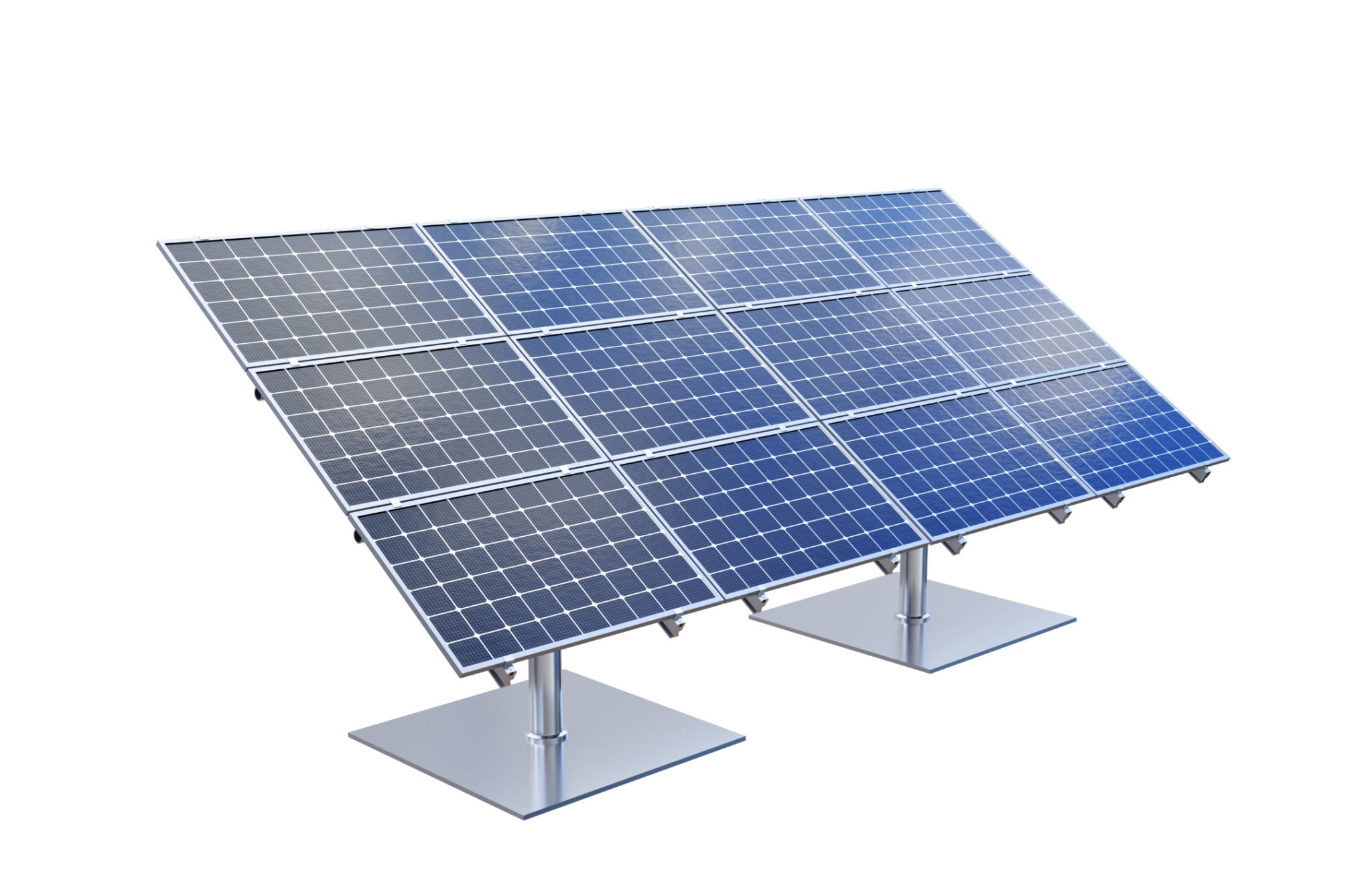The Future of Solar Energy: Innovations and Emerging Trends
Introduction to Solar Energy Advancements
The solar energy industry is undergoing a remarkable transformation, driven by technological innovations and emerging trends. As the world shifts towards renewable energy sources, solar power is taking center stage, promising a cleaner and more sustainable future. In this post, we'll explore some of the most exciting developments in solar energy that are shaping its future.

Breakthroughs in Solar Panel Efficiency
One of the key areas of innovation in solar energy is the improvement of solar panel efficiency. Traditional silicon-based panels have dominated the market, but new materials like perovskite are emerging as game-changers. These materials offer higher efficiency rates and lower production costs, making solar power more accessible and affordable.
Moreover, bifacial solar panels, which capture sunlight on both sides, are gaining traction. This design enhances energy generation, especially in regions with ample reflected sunlight. As efficiency improves, the cost per watt continues to decrease, encouraging broader adoption of solar technology.
Energy Storage Solutions
A significant challenge for solar energy has been its intermittent nature. However, advancements in energy storage are addressing this issue. Modern battery technologies, such as lithium-ion and emerging solid-state batteries, are becoming more efficient and cost-effective. These innovations allow for the storage of excess energy generated during the day for use during nighttime or cloudy periods.

Additionally, grid-scale storage solutions are being implemented worldwide, enabling better integration of solar power into existing energy systems. As storage technologies continue to advance, they will play a crucial role in stabilizing renewable energy supply.
The Rise of Solar Tracking Systems
Solar tracking systems are another trend revolutionizing the industry. These systems adjust the position of solar panels throughout the day to maximize sunlight capture. By following the sun's path, these trackers can increase energy output by up to 25% compared to fixed installations.
There are two main types of solar trackers: single-axis and dual-axis. Single-axis trackers move panels along one direction, typically east to west, while dual-axis trackers adjust both horizontally and vertically. The choice between them depends on geographic location and specific energy needs.

Integration with Smart Technologies
As smart technology becomes more pervasive, its integration with solar systems is creating new opportunities for efficiency and control. Smart inverters and energy management systems allow homeowners and businesses to monitor and optimize their energy usage in real-time.
These technologies enable users to track energy consumption patterns, predict maintenance needs, and even sell excess power back to the grid. The intersection of solar power with the Internet of Things (IoT) is paving the way for smarter energy solutions that enhance sustainability and cost savings.
Conclusion
The future of solar energy is bright, with innovations driving significant improvements in efficiency, storage, and integration. These advancements not only make solar power more viable but also more appealing for widespread adoption. As these trends continue to evolve, solar energy will play an increasingly vital role in transitioning towards a sustainable global energy landscape.